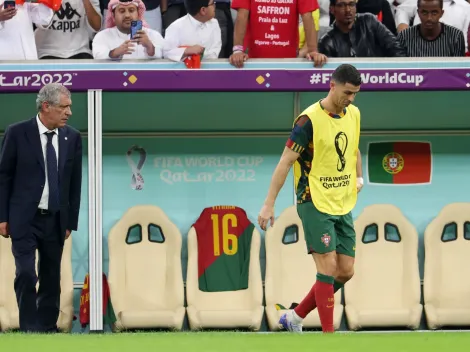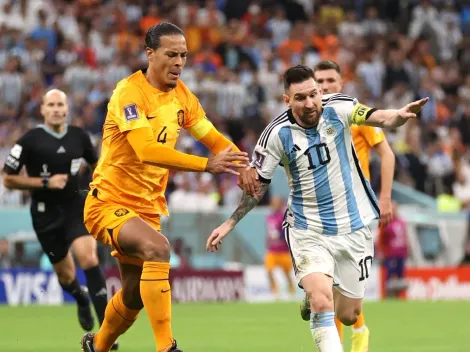It’s rare that a team in the FIFA World Cup goes 0-2 and loses a game 4-1 and is still seen with a positive light. In the case of Canada their brief World Cup participation has had a positive impact on the talents the country has produced and looking ahead to 2026, where they will be a co-host of the next World Cup.
Alphonso Davies, Dayne St. Clair, Alistair Johnston, Kamal Miller, Stephen Eustáquio, Jonathan David, and Tajon Buchanan are a core group of players that will be 30 and under come the next World Cup, in which Canada has already qualified for. After a first place Concacaf World Cup qualifying campaign, a first goal at the World Cup, and transfer rumors around some of their players, Canada is setting itself up perfectly four years from now.
The question is what comes next? This is a great generation of Canadian players, with the Canadian Premier League getting up and running, the three teams in Major League Soccer, and the potential to truly become a regional power, can Canada get away from the interest of MLS and branch off on their own?
A pyramid that benefits who?
At the moment the Canadian Premier League has 8 teams with the idea of expanding into 16 teams by 2024. While the rules provide a stable ground for local players as the league ensures a minimum quota of Canadian players on team rosters and starting line-ups, requirements for domestic under-21 players, and a Canadian university draft.

Stephen Eustaquio of Canada in action during the FIFA World Cup Qatar 2022 Group F match between Croatia and Canada at Khalifa International Stadium on November 27, 2022 in Doha, Qatar. (Photo by Dean Mouhtaropoulos/Getty Images)
The CPL provided a total of 0 players to the national team’s World Cup roster, the reality is that no CPL player has been a part of the recent call ups of the national team leading up to the World Cup.
Canada has a total of 11 MLS players on their roster with CF Montréal having a total of 5 players. As the league continues to grow it will be interesting to see how the MLS/ CPL relationship works, especially considering that two of the three Canadian MLS clubs have been little more than window dressing for the American league.
At the moment MLS is cashing in on the local soccer scene, the question is how that adjusts with the expansion of the CPL and the clear-cut image that Toronto FC, Vancouver Whitecaps, and CF Montréal will be separate entities from their own domestic league.
MLS has not been thrilled when local talents have been called into the national team, while not playing in MLS, this was clearly evident when Jürgen Klinsmann called in winger Miguel Ibarra to the USMNT while playing in the NASL. It caused a huge rift between the outspoken German coach and the MLS Commissioner.
It will be hard not to imagine that at one point the MLS core will shrink with the transfer of Canadian players abroad or those that play in the CPL. How then will MLS position itself in Canada when the best Canadian players are clearly not even playing in the “local league”?
Joining forces?

Carlos Rodríguez (L) of Cruz Azul battles for the ball against Dominic Samuel (R), of Forge FC during the Concacaf Champions League (Photo by Manuel Velasquez/Getty Images)
A long-term question is whether the three MLS teams eventually see their way to the CPL, while that may seem impossible now, MLS has plans to expand to 30 teams, with various other cities in the United States being potential future expansion clubs.
MLS has never really had a use for Canadian teams other than being expansion clubs when the league was trying to stabilize itself. Today, MLS is on the fast track to being a top sporting league in the United States, and while Toronto FC still has name value for the league, the other two clubs are merely filler clubs, that would benefit from becoming big fishes in the CPL than mid table teams in a league focused on the American player.
Canada must stand on its own

Lucas Cavallini #9 of the Vancouver Whitecaps FC celebrates with the team’s supporters after defeating Toronto FC to win the 2022 Canadian Championship Final at BC Place on July 26, 2022 in Vancouver, British Columbia. (Photo by Rich Lam/Getty Images)
Today Canada and the United States are holding each other hand in hand to grow the sport in North America, but how much does Canada’s success really influence MLS, who have 90% of their league and revenue streaming depending on what happens to the USMNT and soccer in the United States?
The Canadian Soccer Association have a lot of questions when it comes to what their national team and league will look like 4-years from now, but the CSA also must look well into the future, a future where it would be beneficial for Canada to stand on its own instead of being window dressing for the interest of others.





